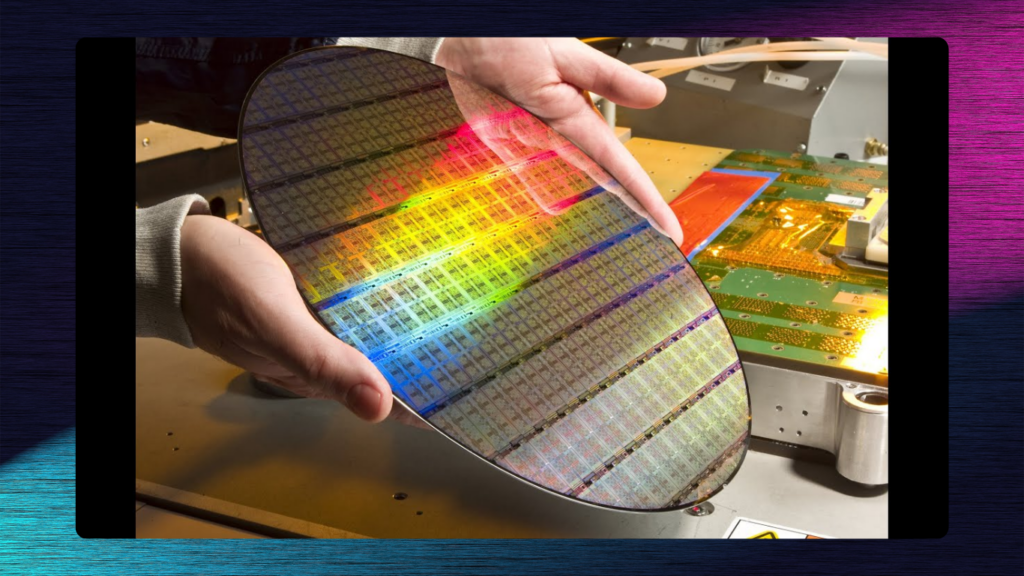Silicon transistors have powered modern electronics for decades, driving devices from smartphones to automobiles. Yet, as these technologies evolve, they’re running into a limitation called the “Boltzmann tyranny”—a fundamental physics boundary that restricts how low a transistor’s operating voltage can go. This barrier is especially challenging for fields like artificial intelligence, which increasingly rely on faster, more efficient computation.

To overcome this limit, researchers at MIT developed a new type of transistor using a novel 3D architecture built with ultrathin semiconductor materials. These transistors achieve the same functionality as silicon but operate effectively at much lower voltages. Unlike traditional silicon-based transistors, which require electrons to move over an energy barrier, these new designs leverage a quantum phenomenon known as quantum tunneling. In this process, electrons bypass the barrier by tunneling through it, allowing the transistors to switch on and off with remarkable efficiency.
“Our goal was to create a technology that could replace silicon with improved energy efficiency,” says Yanjie Shao, the MIT postdoc leading the study. The team’s design features vertical nanowires only a few nanometers wide, crafted in MIT.nano’s state-of-the-art facilities. These ultra-small, 3D transistors show switching slopes sharper than those possible with silicon, requiring significantly less power. They achieve this by using materials like gallium antimonide and indium arsenide, chosen specifically to harness quantum mechanical properties for high performance at low voltages.
This is where quantum confinement comes in—a phenomenon that occurs when electrons are confined in a tiny space, altering their behavior and enabling a strong tunneling effect. The result? A steeper switching slope and higher currents, crucial for applications requiring both energy efficiency and processing power. Shao explains, “By precisely controlling the geometry of the nanostructures, we’ve been able to make the tunneling barrier extremely thin, which allows for high current and efficient switching.”
Pushing past silicon’s limitations means that these transistors could eventually enable even more transistors to be packed onto computer chips, making devices faster, more powerful, and more energy-efficient. The research team, led by senior author Jesús del Alamo, the Donner Professor of Engineering at MIT, achieved remarkable results, with their transistors performing nearly 20 times better than existing tunneling transistors. “This work goes beyond what conventional physics can achieve,” says del Alamo. “It’s a conceptual breakthrough, though challenges remain before we see commercial applications.”

Published in Nature Electronics, the study also involved MIT postdoc Baoming Wang, graduate student Hao Tang, and professors Ju Li, Marco Pala, and David Esseni from the University of Udine in Italy.
Looking ahead, the team is focused on refining the fabrication process to ensure uniform performance across entire chips, as even a 1-nanometer variance could impact function. They’re exploring alternative vertical designs, like fin-shaped transistors, to further improve consistency across devices.
If MIT’s team succeeds in scaling up these 3D transistors, it could usher in a new generation of high-performance, low-power electronics, transforming industries and revolutionizing everything from personal gadgets to advanced computing systems.

Subtly charming pop culture geek. Amateur analyst. Freelance tv buff. Coffee lover